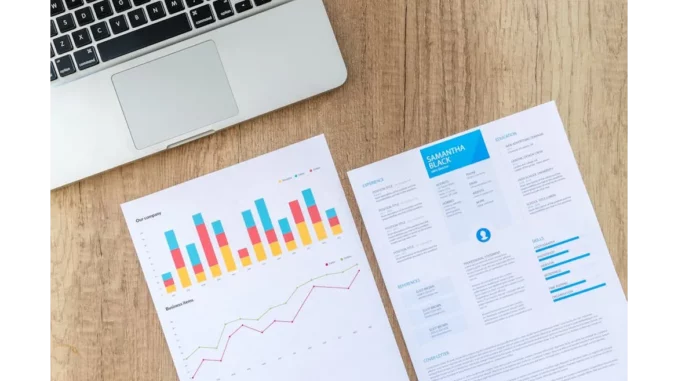
When I first sat down with Emily Carter, an independent energy analyst with a knack for demystifying complex systems, I was eager to learn more about the Standard Assessment Procedure (SAP) and its latest iteration, SAP 10. I’d heard snippets here and there about its significance in calculating energy consumption for UK dwellings, but I was keen to dig deeper. Emily’s expertise was exactly what I needed to unravel this topic.
Focus360 Energy offers SAP Calculations services. Find out more.
Emily greeted me with a warm smile, her enthusiasm for the subject evident from the outset. “The Standard Assessment Procedure, or SAP, is essentially the backbone of energy performance assessments for homes in the UK,” she began, her eyes lighting up with a passion for the topic. “It’s a government-approved method that evaluates how energy-efficient a home is, which is crucial for both environmental and financial reasons.”
I asked Emily why SAP 10 was particularly important, and she paused thoughtfully before responding. “SAP 10 is the latest version, and it’s quite a leap forward from its predecessors,” she explained. “It’s designed to reflect the most recent advancements in technology and changes in our energy landscape. This means it takes into account factors like renewable energy sources and more contemporary building techniques.”
Emily elaborated on the importance of these updates. “In the past, SAP assessments might not have fully accounted for things like solar panels or heat pumps. But with SAP 10, there’s a much more robust framework for incorporating these elements, which can significantly affect a home’s energy rating.”
Our conversation naturally drifted towards the practical implications of SAP 10 for homeowners and builders. “Think of it this way,” Emily said, leaning forward slightly. “For someone building a new home or renovating an existing one, SAP 10 provides a clear guide on how to achieve better energy efficiency. This can lead to lower utility bills and a reduced carbon footprint, which is something more and more people are interested in these days.”
She mentioned that SAP 10 also holds builders accountable to stricter standards, which, in turn, benefits the end users. “Developers are now more incentivised to use sustainable materials and incorporate innovative design techniques that were previously overlooked.”
I was curious about how the general public perceives these changes. Emily chuckled softly, acknowledging that not everyone is as excited about SAP 10 as she is. “It’s true, for many people, it’s just a set of numbers or a certificate that comes with their home. But awareness is growing, and as more people understand the financial and ecological benefits, interest is definitely increasing.”
As we continued our discussion, Emily shared insights into the challenges faced by those implementing SAP 10. “One of the main hurdles is ensuring that all assessors are up to speed with the new methodology,” she noted. “Training and education are critical because, without proper understanding, the benefits of SAP 10 can’t be fully realised.”
I asked Emily how she thought SAP 10 might evolve in the future. She pondered this for a moment before answering. “The energy landscape is always changing, so it’s likely that future versions will continue to integrate more advanced technologies and perhaps even more nuanced data. For instance, the rise of smart home technology could play a big role in future assessments.”
Before we wrapped up our conversation, I wanted to know how Emily would advise someone looking to make their home more energy-efficient in light of SAP 10. “Start by understanding your current SAP rating,” she suggested. “Then, look at the areas where you can make the most impact. Sometimes, small changes like better insulation or energy-efficient windows can make a big difference.”
As we concluded our interview, I left with a renewed appreciation for the intricacies of SAP 10 and the broader energy efficiency landscape in the UK. Emily’s insights had transformed what initially seemed like a dry subject into a compelling narrative of progress and innovation.
Meeting with Emily was not just an opportunity to learn about SAP 10 but a chance to see how dedicated professionals like her are driving forward the conversation on sustainability. Her passion was infectious, and as I left, I felt inspired to continue exploring how each of us can contribute to a more energy-efficient future.
By Lewis Davis


Be the first to comment